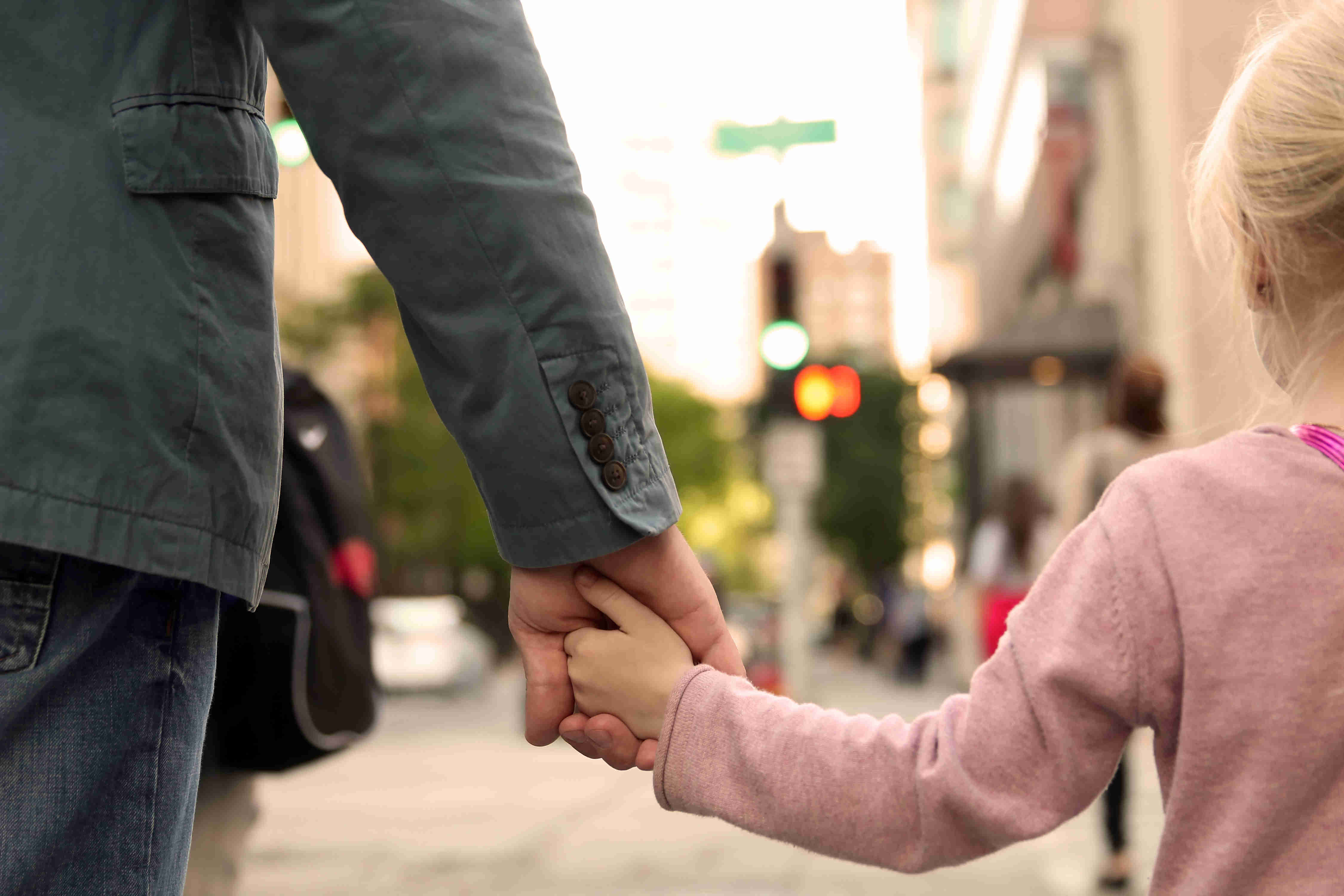Instilling these easy safety rules in children can help protect them.
Call 9-1-1.
As a child grows up there are many different things they must begin to understand. Unfortunately, accidents and dangerous situations can occur and are a part of everyday life. As a child learns how to speak, instilling basic safety practices needs to be part of their education. No practice is more important than teaching them when and how to use 911 emergency services.
All kids who are old enough to talk need to understand how to call for emergency assistance. If there’s a home accident or other emergency, kids who know how to call 9-1-1 can save lives. It is also crucial to teach kids when the right time to call 911 is. If the number is only mentioned, younger children can have a difficult time separating an uncomfortable or new situation from legitimate danger. So as your kids begin to speak help them understand what 911 provides, and when they should utilize emergency services. Also, mention that when an adult is present they should first consult them before calling 911 if they are able to. It is also important at this time to make sure your child knows their home address, as well as how to identify their location by street signs.
Look both ways.
Before letting your child play in the neighborhood or walk to school, make sure they know road safety. The number one rule is: look both ways before crossing the street. Kids can get excited and forget to be aware of their surroundings. A simple game of catch in the front yard can turn dangerous when a ball rolls into the street. So while it may seem like common sense to us, it is crucial to remember that a child’s spatial awareness is a good deal lower than adults.
It may seem silly, but learning to cross the street takes practice. The earlier you can teach your child to cross the street, the better. This can be done through just common practice and through demonstration. When you are out with a child walking, ask them what to do when you approach a crosswalk. Make exaggerated gestures when checking both ways yourself and ask your child if it is safe to cross. If they see adults practicing this safety precaution they will be much more likely to as well.
Avoid strangers.
Teaching children to be cautious around strangers is a balancing act. You want them to understand to not be overly trustworthy with someone they are unfamiliar with, without creating unnecessary fear in their lives. The most important piece of educating your child about the risks with strangers is to make sure they do not engage with a new person when an adult they know is not present. This is also a great opportunity to teach children about asking for permission. If a stranger talks to them, make sure they know to ask you or an adult they are with if they are allowed to speak with them.
Teaching kids not to accept any food, toys or other gifts from strangers will also help them better handle themselves around unfamiliar people. It is most crucial to emphasize that they should not go with a stranger anywhere even if the person claims to know them or their parents.
Wear a seatbelt.
Seatbelt safety is absolutely critical for everyone, especially for little kids. Since different families can value seatbelt safety at different levels, it is crucial to explain to your child the importance of being properly buckled up at all times. Explain to them the importance of a seatbelt, and have them understand that while car accidents are rare, they do happen and it is never smart to be unprepared.
Smaller children might forget that they need to stay buckled up for the duration of the drive, even if they start to get restless. Car games like I-Spy or portable games are a great way to relax a restless child to make sure they stay buckled up and safe. If they get in the habit of putting their seatbelt on voluntarily, they’ll be safer.
If lost, stay put.
It is every parent’s worst nightmare: realizing they have been accidentally separated from their child. A child can easily start to panic if they are separated from their parents or guardians and in turn start to run around searching for them. This can make the situation worse as they may not know the layout of their surroundings and move further away from their parents. This is why it is a good idea to let your child know to stay put if they realize they cannot find you. If they stay in one location then it is endlessly easier to find them after separation.
It’s also a good idea to teach children the first name of both parents. Then, if they get lost, they can shout your name. If a child gets lost they may be approached by strangers offering to help. Even then it is important to have your child understand they should not leave with them. Let your child know it is best to have a helpful stranger find someone like a police officer to help the situation.

